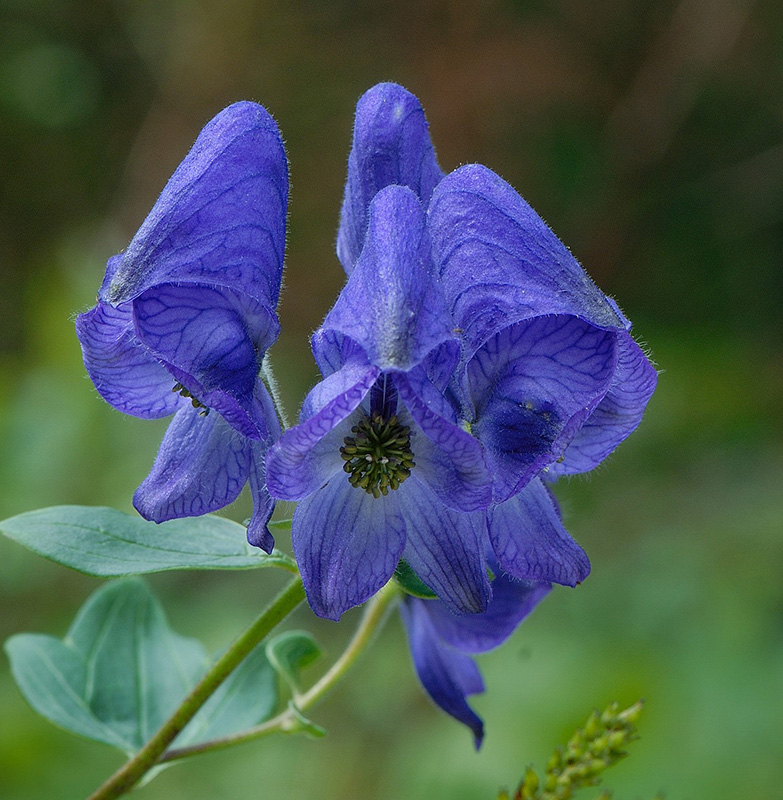

I've been around plants and plant people pretty much all of my life and still found every bit of the contents of this book was new to me. While working on this review, I found I often had to share out loud what I was reading and universally my co-workers were shocked, stunned, and all-around 'floored' by the stories and facts. Some of it is alarming, and all of it is totally enlightening.

Or the story about the 400 million people on earth who chew on Betel Nut, which turns their saliva red and requires them to spit, so sidewalks worldwide are stained red p.11) Once you've been captivated by the bizarre and intrigue, Author Amy Stewart provides some physical description of the plants, some info about what part of the plant is problematic (like how Coyotillo on p.25 contains compounds that cause paralysis), then she places the plant in today's world and includes a sidebar of the plant's relatives. Each section generally starts with a fascinating plant-specific anecdote, that Amy has drawn from history, medicine, science and legend (like the one about the BBC journalist Georgi Markov's true tale of being murdered by someone puncturing his thigh with a poisonous extract of Castor Bean-and using an umbrella to do it whilst the man was standing on a bridge in pubic! p.15. Mostly a compendium of plant stories, it is organized by plant name. If you've read my reviews for awhile, then you may have gleaned that I tend towards the visual. At UCLA, I was a History major, and I think there is some connection between my love for the stories of days gone by and my attraction to this book. When I was choosing the book for the October Book Club pick, I thought.oh how perfect this book on Wicked Plants would be for the season of ghouls and goblins and Halloween.


 0 kommentar(er)
0 kommentar(er)
